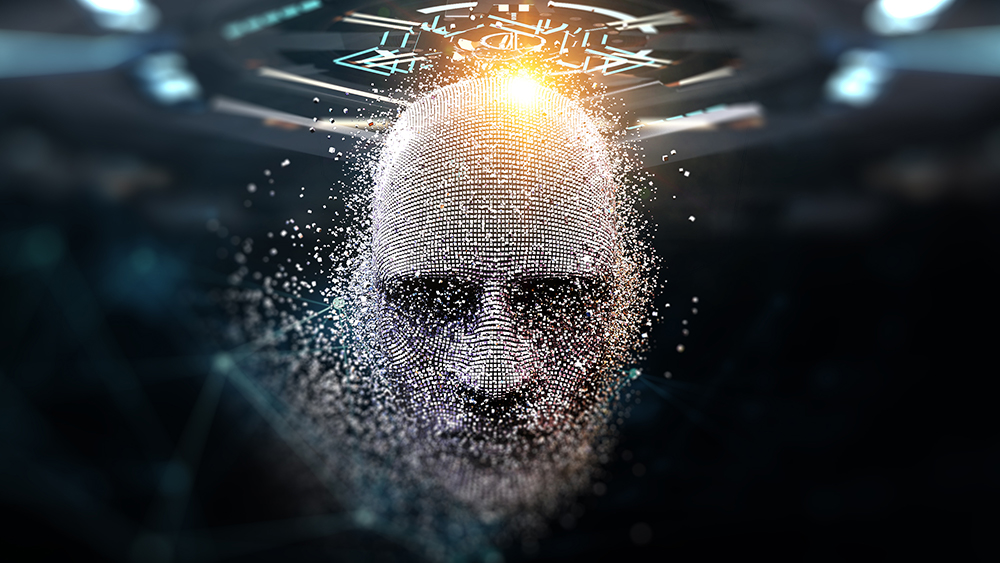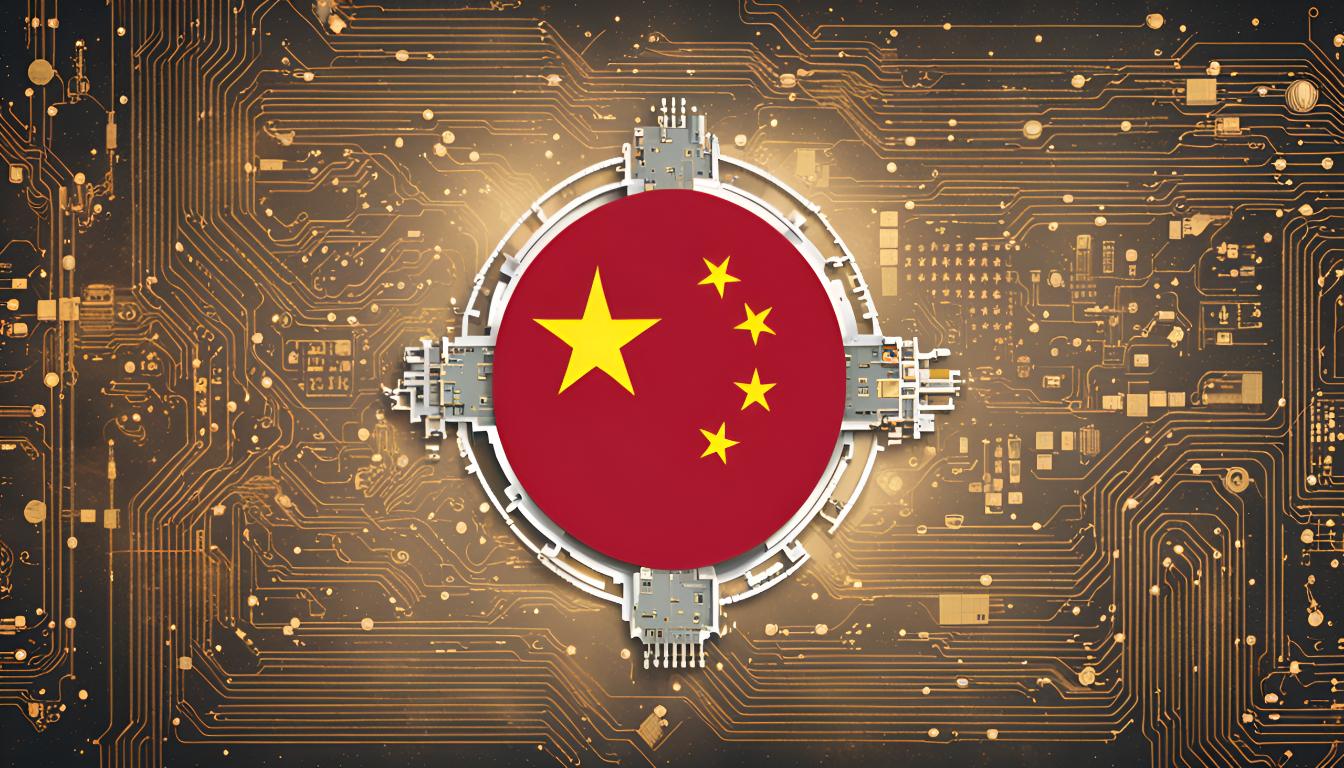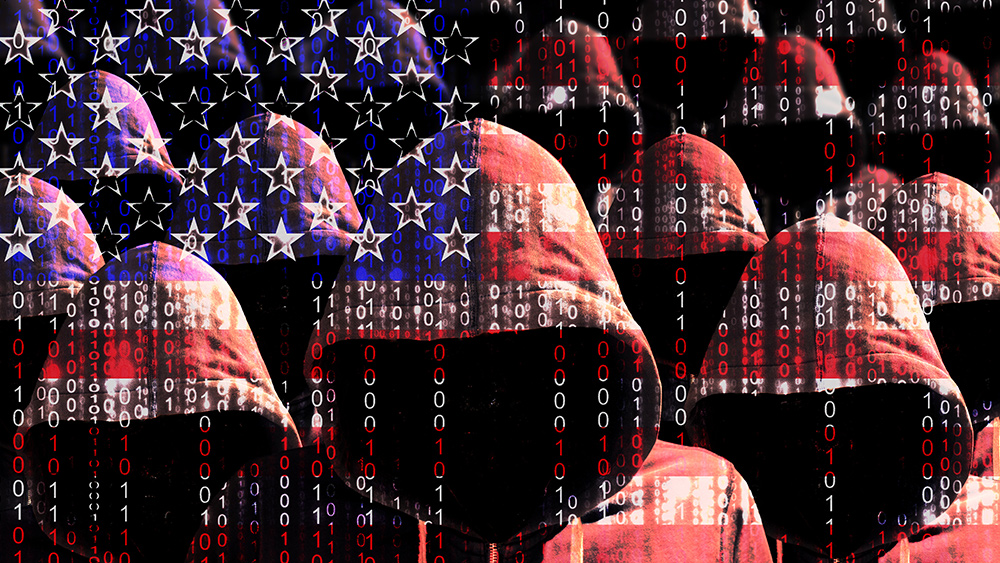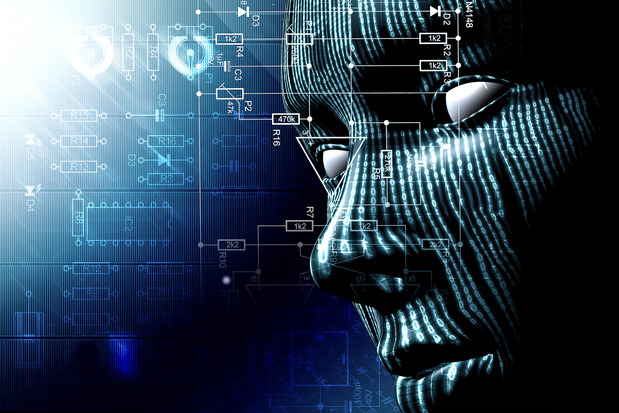AI-powered “digital employees” revolutionize banking, work alongside human employees
07/03/2025 / By Ramon Tomey
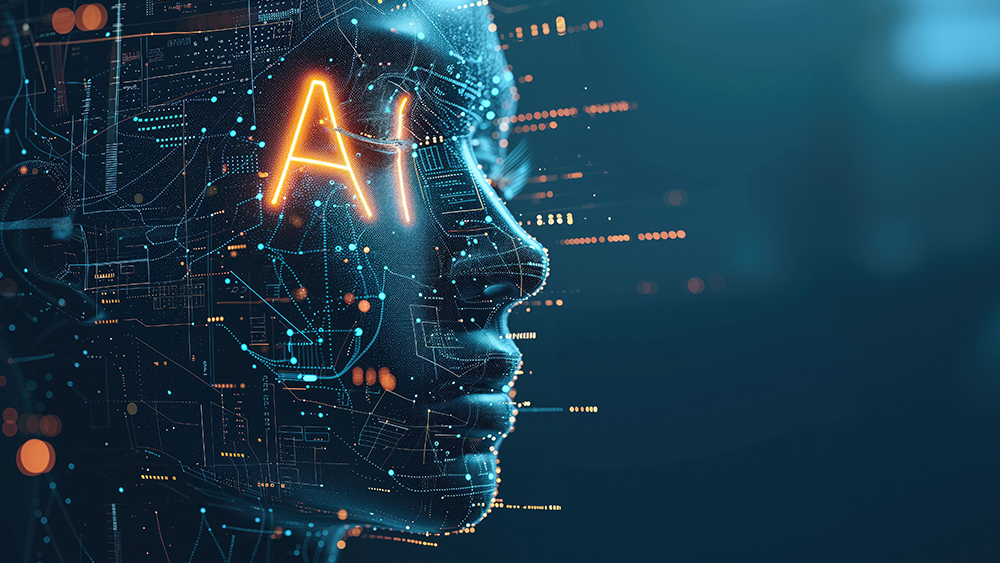
- BNY Mellon has introduced AI-powered workers with company logins that operate autonomously. They handle tasks like coding, payment validation and vulnerability detection without direct oversight.
- BNY Mellon’s first two AI personas were built in three months, with plans to integrate email and Teams accounts. Goldman Sachs has deployed an AI assistant to 10,000 employees, aiming for firmwide rollout by year-end.
- Tools like Goldman’s “GS AI Assistant” proofread documents, translate code, and may soon execute complex tasks. JPMorgan’s internal chatbot is used by 230,000 staff, signaling widespread AI integration.
- Banks debate AI autonomy levels, while Bloomberg predicts 200,000 finance jobs may disappear by 2028 as AI takes over middle-office functions — reshaping traditional employment definitions.
- AI’s disruption of cognitive roles mirrors the Industrial Revolution’s impact, accelerating faster. Banks aim to balance human-AI collaboration, but the workforce will look fundamentally different as “bots join payroll.”
The Bank of New York Mellon (BNY) has quietly ushered in a new era of workplace automation, deploying “digital employees” powered by artificial intelligence (AI).
These digital employees are equipped with their own credentials such as company logins, just like their human counterparts. They also operate autonomously – validating transactions, identifying software vulnerabilities and communicating with human managers, all without direct oversight.
BNY Chief Information Officer (CIO) Leigh-Ann Russell said BNY Mellon’s initial two AI personas were developed in just three months, and were assigned to specific teams to restrict data access. One was designed to handle coding duties, and the other was assigned to do payment validation.
Soon, they will gain email and Microsoft Teams accounts – blurring the line between human and machine collaboration. “This is the next level,” Russell told the Wall Street Journal. “In six months, it will become very, very prevalent.”
Goldman Sachs has similarly rolled out an AI assistant to 10,000 bankers and traders, with plans to expand firmwide by year’s end. Dubbed “GS AI Assistant,” the tool proofreads documents, translates code and may soon execute multi-step tasks like a seasoned employee.
Goldman Sachs CIO Marco Argenti envisions AI evolving to “reason” like a company veteran, generating solutions without explicit instructions. “People are going to be the ones that evolve the AI,” he told CNBC, downplaying fears of mass layoffs. Yet, Bloomberg estimates up to 200,000 finance jobs could vanish by 2028 as AI handles middle-office functions. (Related: Bill Gates predicts AI will replace humans in most roles within a decade.)
How AI “colleagues” are redefining finance jobs
Meanwhile, JPMorgan is navigating how much autonomy to grant AI. While the company’s Chief Analytics Officer Derek Waldron said defining access levels remains a case-by-case challenge, he predicts every employee will eventually have an AI counterpart.
Already, 230,000 JPMorgan staff use an internal chatbot – hinting at a future where AI concierges manage client interactions. The use of AI by the world’s top three investment banks signals a seismic shift in how financial institutions operate.
Historically, automation began replacing manual labor a long time ago: textile workers in the 19th century, factory assemblers in the 20th. Today’s AI upheaval targets cognitive roles, mirroring the Industrial Revolution’s disruption but accelerating faster. According to Scott Mullins of Amazon Web Services, the finance industry is grappling with a fundamental question: “How do we coordinate [human and digital workers] together?”
As banks test these uncharted waters, the implications stretch beyond efficiency. If AI can validate payments or draft legal documents with near-human judgment, the very nature of employment and who or what qualifies as a “colleague” may need redefinition.
For now, BNY Mellon insists it will keep hiring humans. But with digital employees logging in alongside them, Wall Street’s future workforce may look utterly unlike its past. For better or worse, the bots are now on payroll.
Watch this clip of humanoid robots taking over manufacturing processes at a factory in China’s Shenzhen province.
This video is from the Cynthia’s Pursuit of Truth channel on Brighteon.com.
More related stories:
Restaurants look to ROBOTS to fill openings amid labor shortage.
Amazon’s humanoid robots: The future of delivery or the end of human jobs?
Sources include:
Submit a correction >>
Tagged Under:
AI colleagues, AI revolution, artificial intelligence, Bank of New York Mellon, banking, computing, cyber war, cyborg, digital employees, finance, future science, future tech, Glitch, Goldman Sachs, human employees, information technology, inventions, JPMorgan Chase, robotics, robots, workforce
This article may contain statements that reflect the opinion of the author
RECENT NEWS & ARTICLES
COPYRIGHT © 2017 CYBER WAR NEWS



